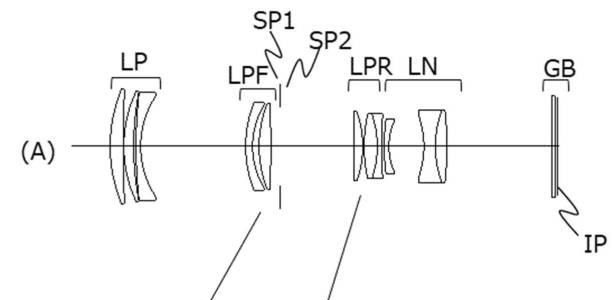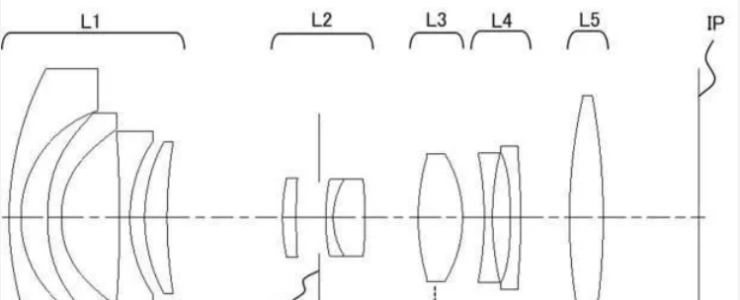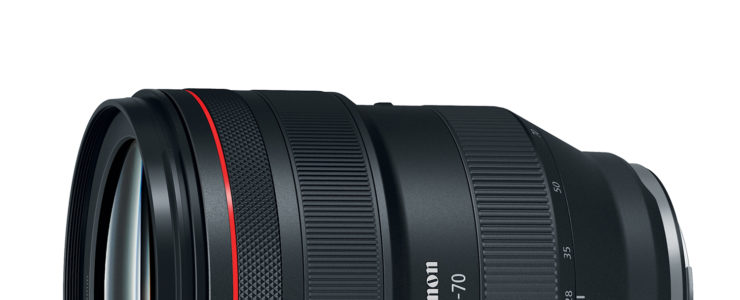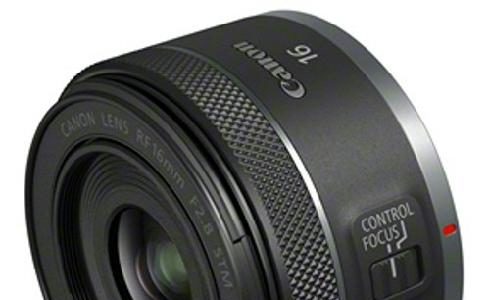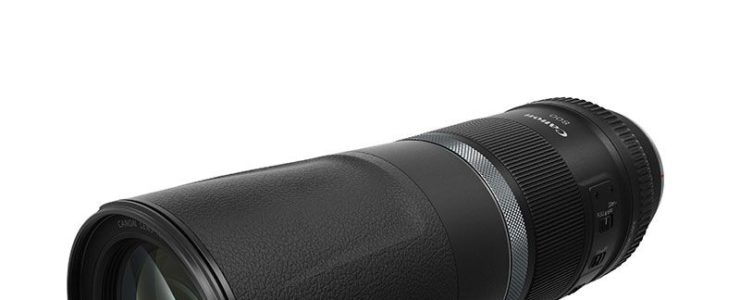Canon Patent: RF 180mm f/3.5 Macro And RF 200mm f/4 Macro
And here is a new Canon patent application and as most of them are, this one too is for RF-mount lenses.
asobinet.com spotted Canon patent application 2021-152568 (Japan). The patent application discusses optical formulas for both RF 180mm f/3.5 Macro and RF 200mm f/4 Macro lenses. The former lens might replace the EF 180mm F3.5L Macro USM, a lens that has already been discontinued.
PROBLEM TO BE SOLVED: To provide an optical system which is suitable for a macro lens and can suppress aberration fluctuation.
The optical system of each embodiment has an aperture aperture SP2 as a main focus aperture that determines (limits) the light beam of the open F number (Fno), and a positive refractive power arranged on the object side of the aperture aperture SP2. It has a front focus group LPF, a rear focus group LPR having a positive refractive power arranged on the image side of the aperture aperture SP2, and a negative refractive power arranged on the image side of the rear focus group LPR. It has a posterior group LN. The “group” as used herein means each group of lenses whose spacing changes during focusing.
Embodiment 1:
- Focal length 171.00
- F number 3.50
- Half angle of view (°) 7.21
- Image height 21.64
- Overall length of optical system 194.49
- BF 47.67
- Magnification ∞ β = -1
Embodiment 2:
- Focal length 174.43
- F number 3.50
- Half angle of view (°) 7.07
- Image height 21.64
- Overall length of optical system 189.49
- BF 13.73
- Magnification ∞ β = -1
Embodiment 3:
- Focal length 140.00
- F number 3.50
- Half angle of view (°) 8.78
- Image height 21.64
- Overall length of optical system 177.49
- BF 35.17
- Magnification ∞ β = -1
Embodiment 4:
- Focal length 194.00
- F number 4.00
- Half angle of view (°) 6.36
- Image height 21.64
- Overall length of optical system 202.49
- BF 39.36
- Magnification ∞ β = -1
More Canon patents are listed here. Some particularly interesting patent applications we think might get into production are these:
- Automatic shutter silencing based on subject and distance
- A bunch of prime lenses for the RF mount
- An improved Electronic Viewfinder
- Patent application for RF 50mm F1.4 and an RF 35mm f/1.4 lenses
- A zoom lens that might be for an EOS R with APS-C sensor
- A smaller IBIS unit.
- A cooling adapter for the RF mount (R5 overheating?)
- A bunch of macro lenses for the RF mount.
- A 8mm f/4 circular fisheye lens for the Canon EOS R system
- A battery grip that works with differently siszed cameras
- A 100-400mm f/5.5-7.1 lens for APS-C cameras. EOS M or DSLR?
- RF 17-70mm lens for EOS R system
- IBIS coming to the EOS M and PowerShot lineup?
- Patent Application: mirrorless camera with large display and virtual control wheel
- Patent Application: IBIS and Lens IS Working Together
- Patent application for high speed mirror movement and control
- Patent application for an RF 14-28mm f/2 lens
- Patent application for an RF 50mm f/1.8 lens
- Patent application for a smart lens cap
- Patent application for celestial auto-focus
- Patent application describing a Pop-Up Flash With LED
- Patent application describing the optical formula for a RF 70-300mm F/4-5.6 IS lens for EOS R systems
- Patent application describing how to improve burst rate by compressing raw files
- Patent application describing a new way to review photos from a sequential shot
- Patent application that describes technology to improve wireless communication while reducing power consumption
- Patent application to spot and reduce moire artefacts in image data
- Patent application for weather sealed lens adapter
- Patent application for AI powered predictive camera control system
- Patent application for 18-55mm kit lens with LCD display
- Patent application to reduce noise in image files

